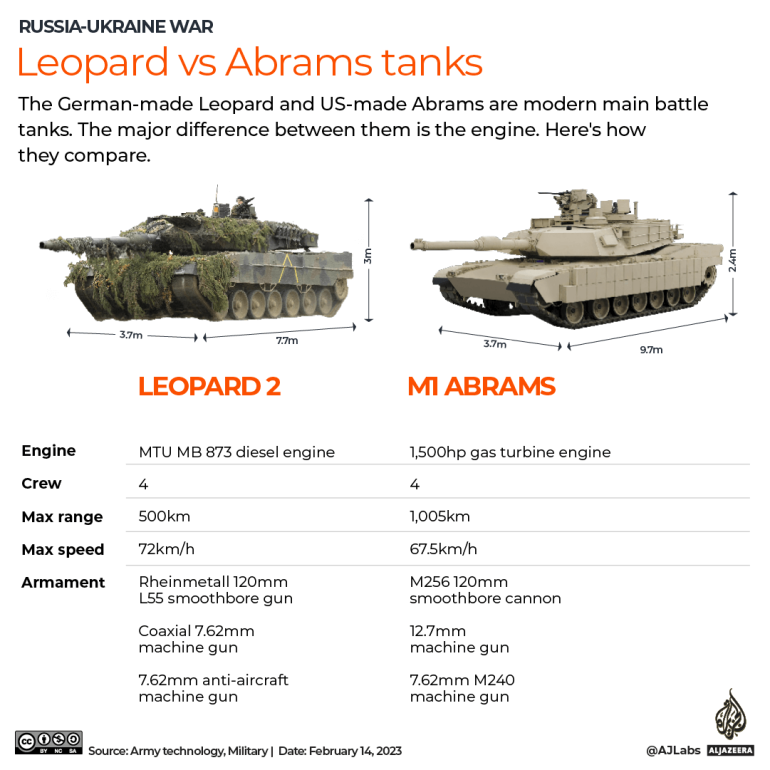
Six Russian balloons were spotted over Kyiv and most were shot down after being engaged by air defences, the Ukrainian capital’s military administration said.
The balloons may have been carrying corner reflectors and reconnaissance equipment, but officials did not specify when they flew over the capital, although air alerts were issued in Kyiv on Wednesday.
“According to information that is now being clarified, these were balloons that move in the air under the propulsion of wind,” the military administration wrote on the Telegram messaging app.
“The purpose of launching the balloons was possibly to detect and exhaust our air defences.”
Shortly before the announcement, Ukrainian air force spokesperson Yuriy Ihnat said Russia, which invaded Ukraine in February of last year, could be using balloons in a new drive to preserve its stocks of reconnaissance drones.
“Reconnaissance drones like the Orlan-10 are now being used more sparingly [by Russia], and they thought, ‘Why don’t we use these balloons?’ So they are using them,” Ihnat told Ukrainian television.
He later confirmed that air raid sirens blared in the capital on Wednesday because of balloons flying overhead.
Russia did not immediately comment on the reports of balloons over Kyiv.
‘Inflicted considerable attrition’
Other than a shortage of drones, Russia has lost about half of its battle tanks since the invasion of Ukraine a year ago, a report by the International Institute for Strategic Studies (IISS) said.
But the research centre also noted on Wednesday that Moscow has preserved its air force largely intact and may deploy it more actively in the next phase of the war.
In its annual Military Balance report, a key reference tool for defence experts, IISS said loss rates for some of Russia’s most modern classes of tank were as high as 50 percent, forcing it to rely on older Soviet-era models.
The institute’s Ben Barry, a land warfare expert, said the equipment losses were “quite serious” for Russia’s military.
He noted both the Norwegian and Estonian intelligence services recently released a report saying the immediate threat to their nations is “greatly reduced” because of the way the Ukraine war “has sucked in Russian forces and inflicted considerable attrition on them”.
“But we should remember much of the Russian air force – and outside the Black Sea much of the Russian navy – remains extant. When intelligence agencies say Russia is still a clear and present danger to Western Europe, I think they’re right,” Barry told Al Jazeera.
‘Less confident’
Henry Boyd, a research fellow at IISS, estimated Russia’s tank losses to be between 2,000 and 2,300, and Ukraine’s to be up to 700.
Ukraine has secured promises of about 100 modern Western tanks, including the US Abrams, the German Leopard, and the British Challenger, whose capabilities far exceed that of older Russian models.
“That may well then translate through to less aggressive and less confident [Russian] tank actions as crews are more concerned about the threat level presented to them,” Boyd said.
Ukraine’s air force, meanwhile, has suffered a 28 percent attrition rate, the report said.
IISS aerospace expert Douglas Barrie said Russia had preserved its air force mostly unscathed, operating at a distance because of effective Ukrainian air defences and an undersupply of tactical short-range air-to-surface missiles.
‘Another bloody year’
But Barrie said Russia may look to use air power more actively, and potentially take more risks to hit any concentrations of Ukrainian forces on the ground.
“One of the challenges from a Ukrainian perspective is if they do either have to repel a significant Russian ground force or mass their own forces … you leave yourself vulnerable to air attack,” he said. “At that point, the Russians might decide they’re going to take greater losses just to inflict yet greater losses on the other side.”
As Russia intensifies its attacks ahead of the one-year invasion anniversary, Barry said he was sceptical its forces can make major progress.
“My assessment is it’s going to find it difficult to concentrate enough credible and competent force to push the Ukrainians back much,” he said. “[But] it’s not clear to me that Kyiv has enough combat power to rapidly eject Russian forces … We can expect another bloody year.”







